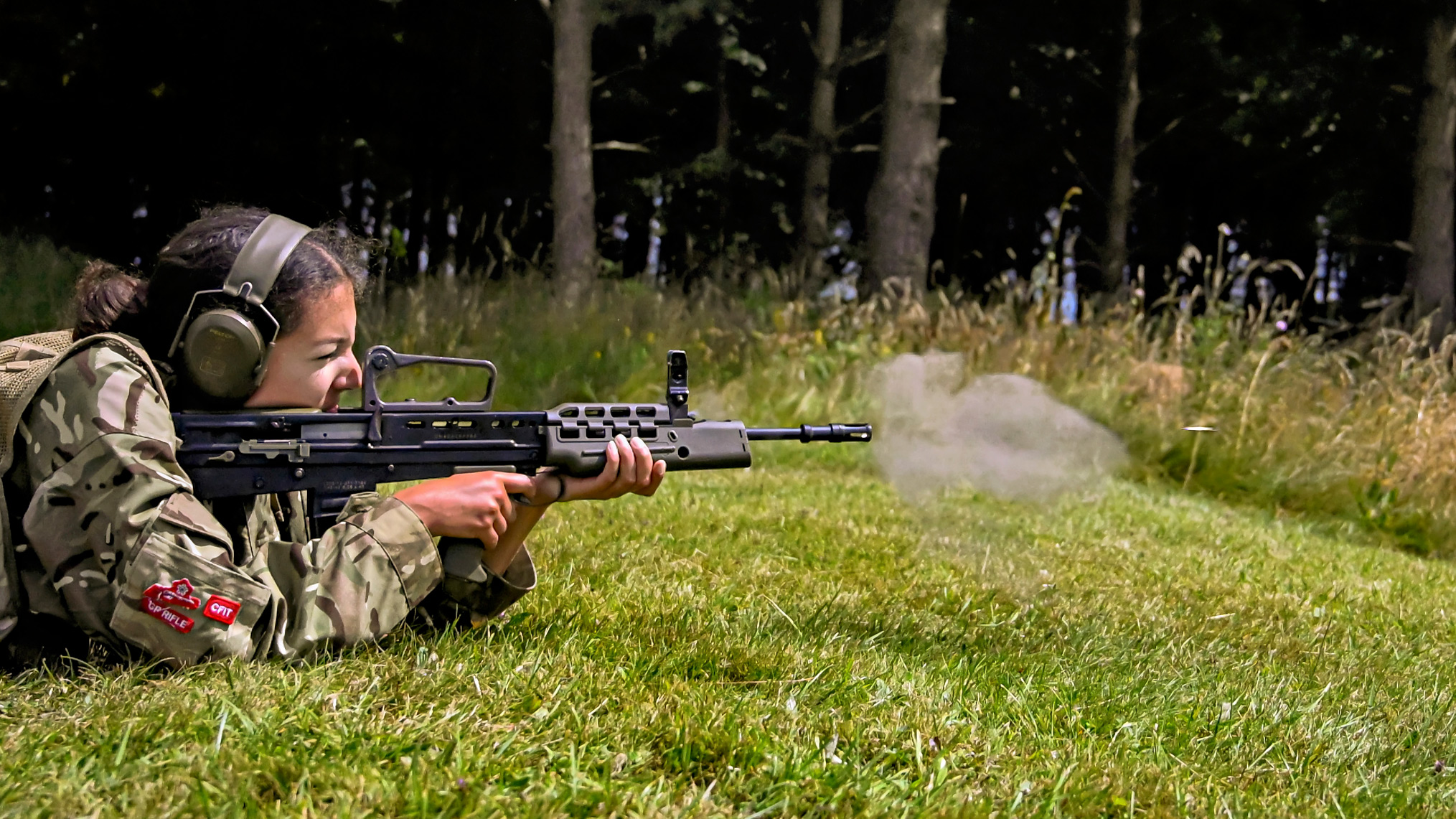
I was keen to buy the Nikon Z 9 to photograph bullets after seeing a Nikon advert of a biathlete with a rifle round visible leaving the muzzle of a match rifle taken by a Z 9 armed photographer. It was given in these pages as a reason the image showing the bullet seen near Trump was real.
I was not expecting the task to be the easiest that I had ever undertaken, but I had still underestimated the effort involved.
5.56mm NATO ammunition has a muzzle velocity of around 900m/s.
Thus in 1/125 sec the rifle bullet travels around 7m – using the slowest shutter speed to get 120 frames in one second. In 1/250 sec the bullet travels around 3.5m
In 1/500 sec the bullet travels around 1.7m and so on up to 1/32000 sec where the bullet travels 0.026m.
It needs skill and planning, allied to a huge dollop of luck, to succeed.
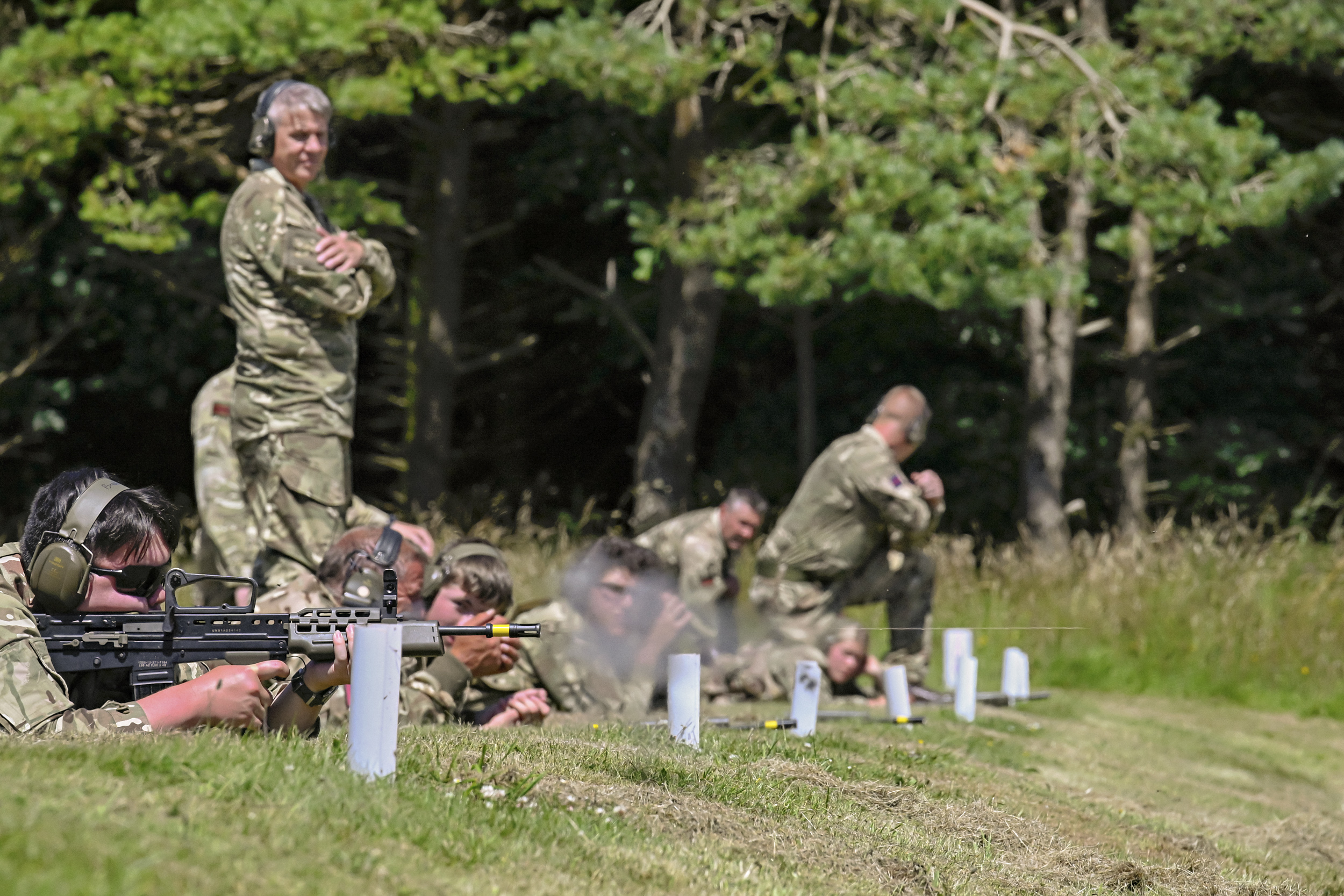
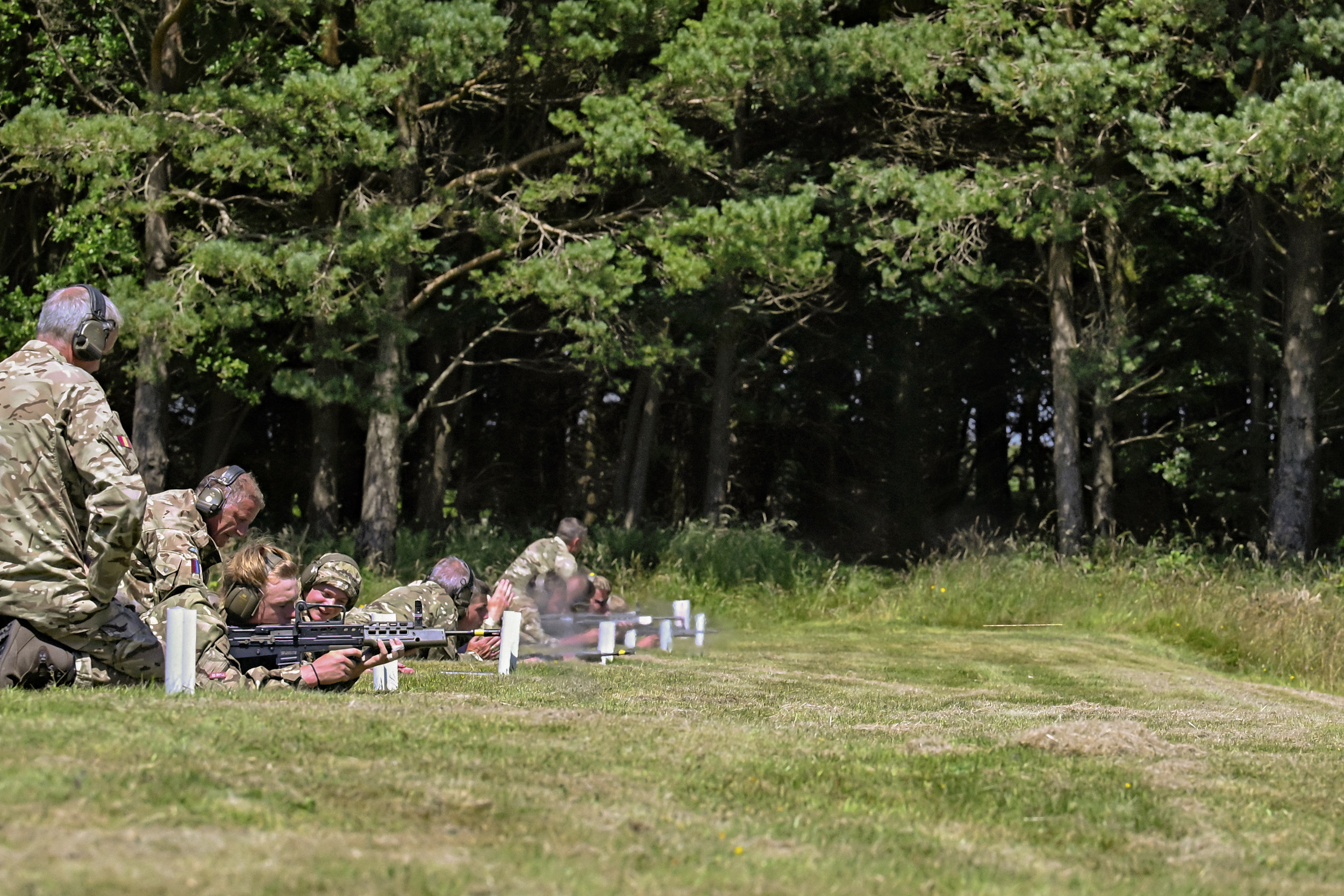
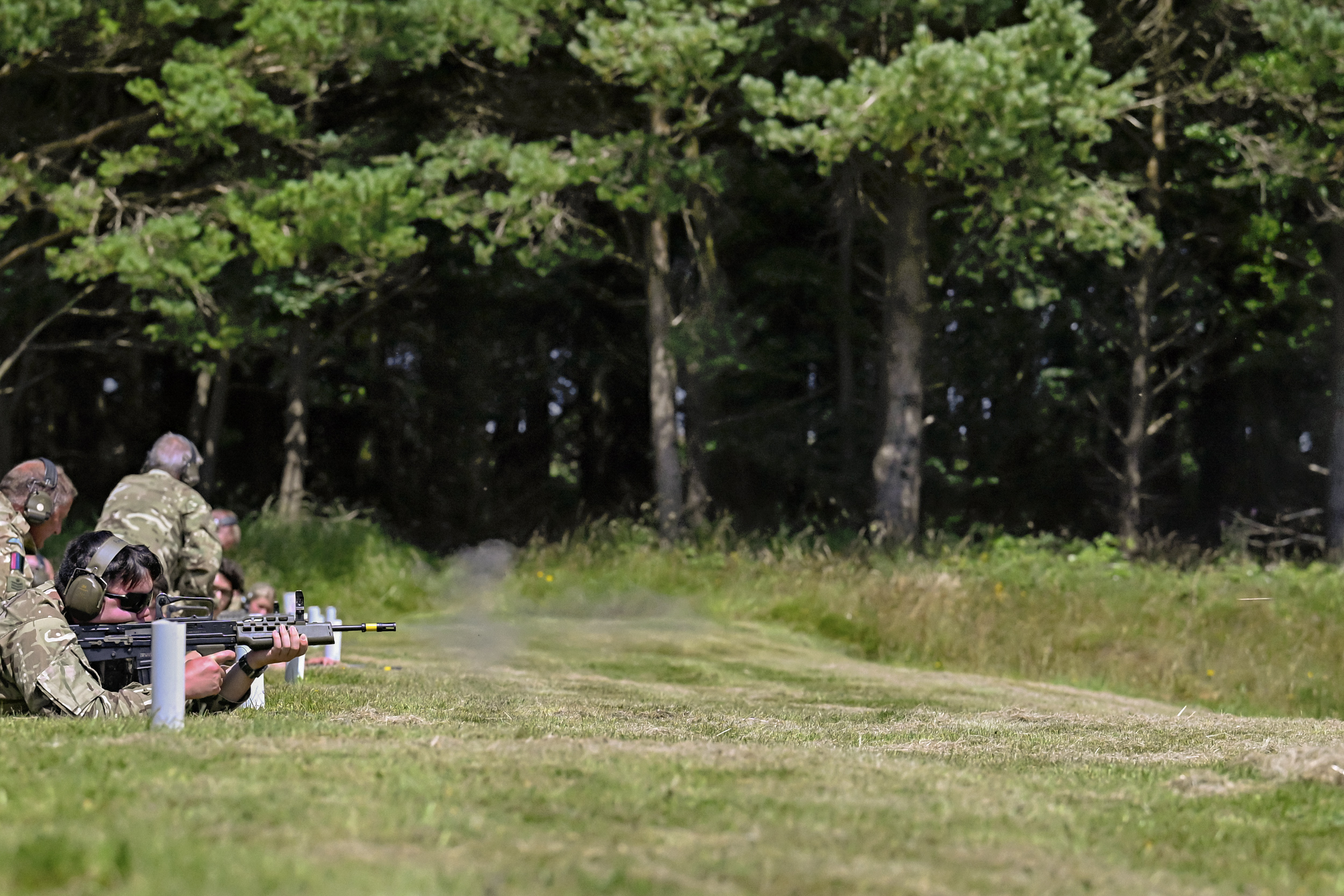
I spent my first day on the range, with no real expectation of being able to get anything useful. I varied my distance from the shooters, using the NIKKOR Z 70-200mm f/2.8 VR S lens. I had the luxury of time and lots of ammunition, varying shutter speeds for each sequence, starting from 1/500th sec and going all the way to 1/32,000th sec. All shots were hand-held from a prone position.
I shot 20,922 images and things didn’t look too hopeful, but I was able to track back to the visible point of firing, the smoke exiting the muzzle – the bullet being long gone by then. By tracking back and keeping an eye on the firer’s trigger finger, I was able to distinguish images that exhibited what I was looking for and found that I had captured ten bullets. The most obviously ‘bullet looking’ images were taken at speeds faster than 1/10,000th sec.
More than a day...
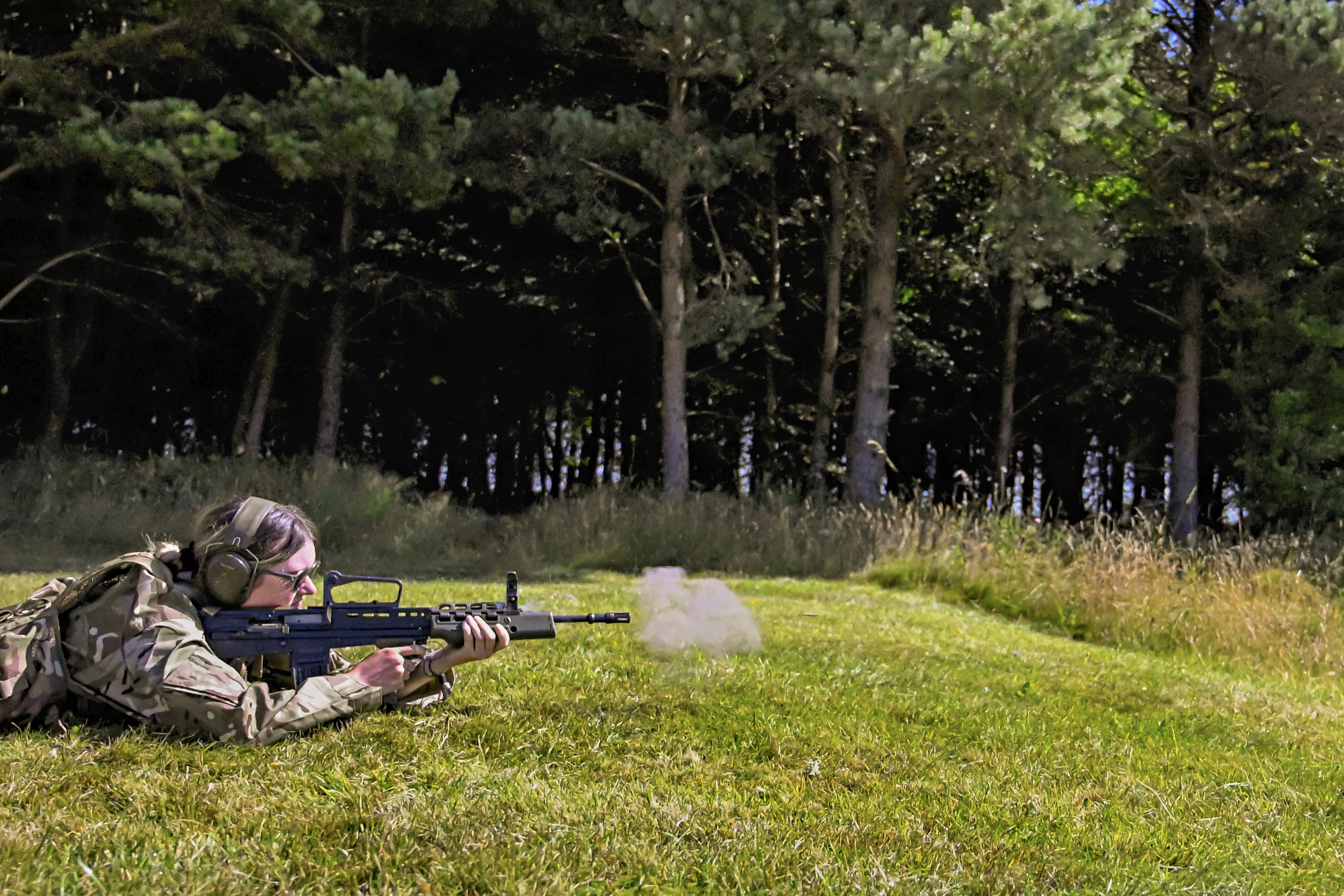
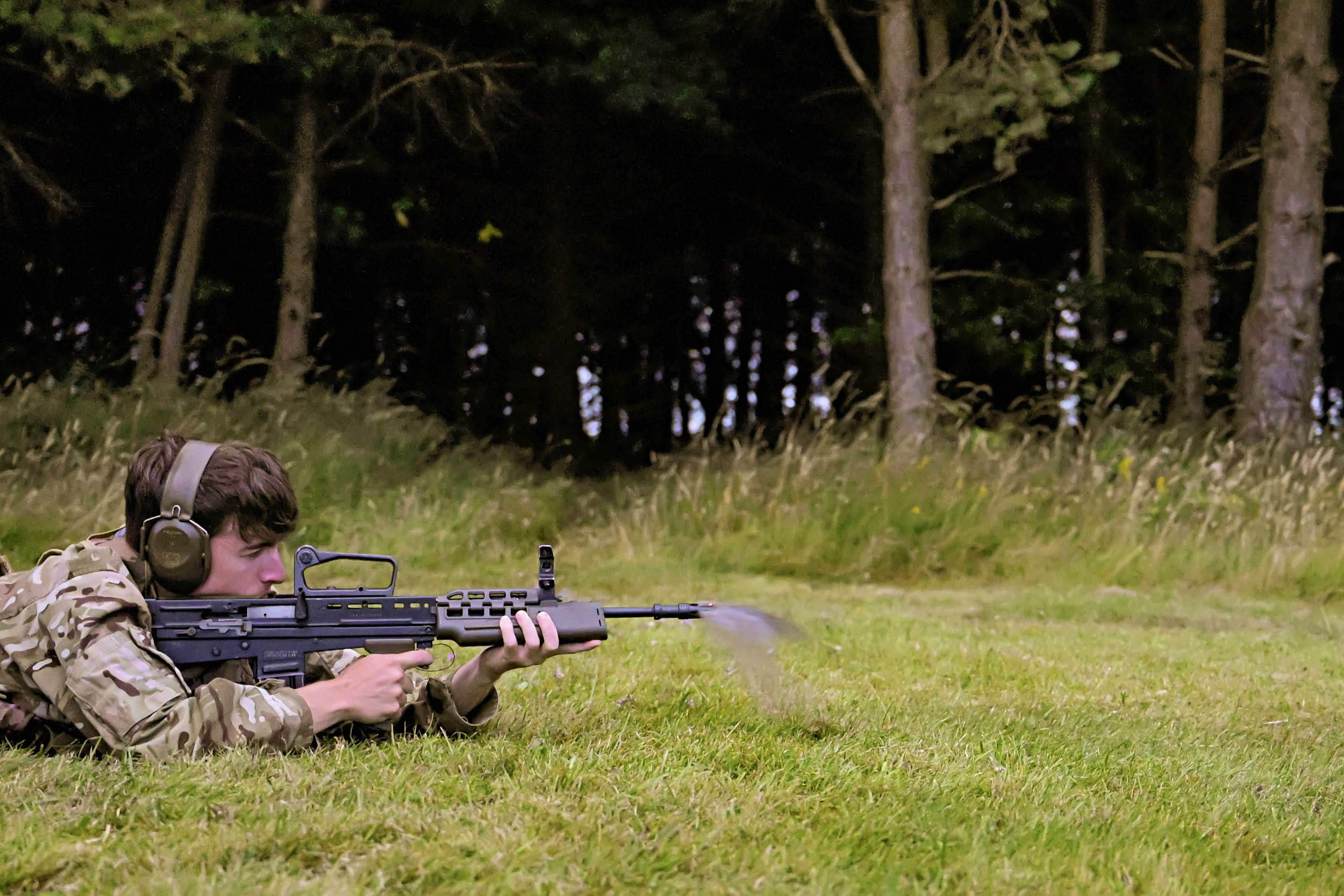
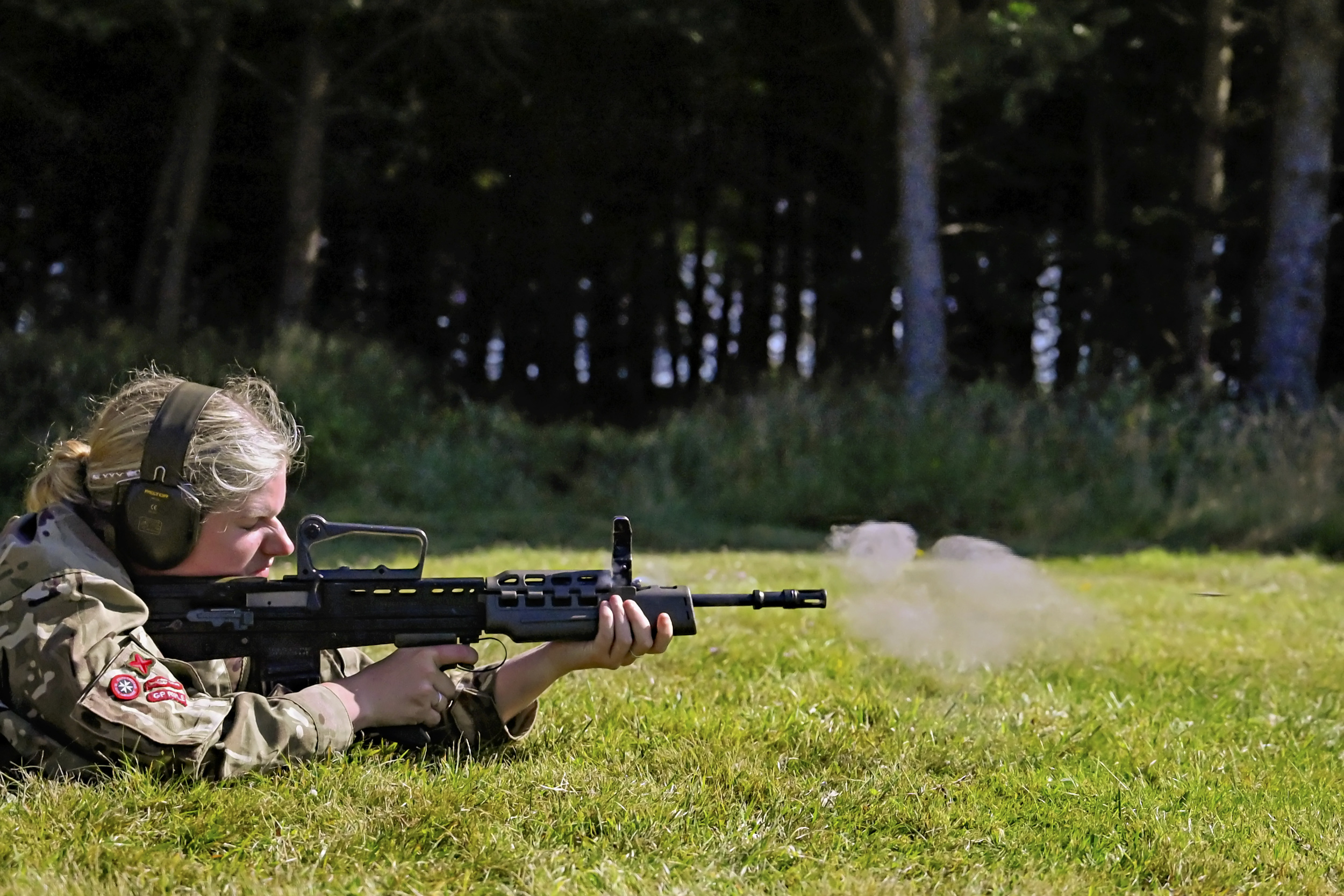
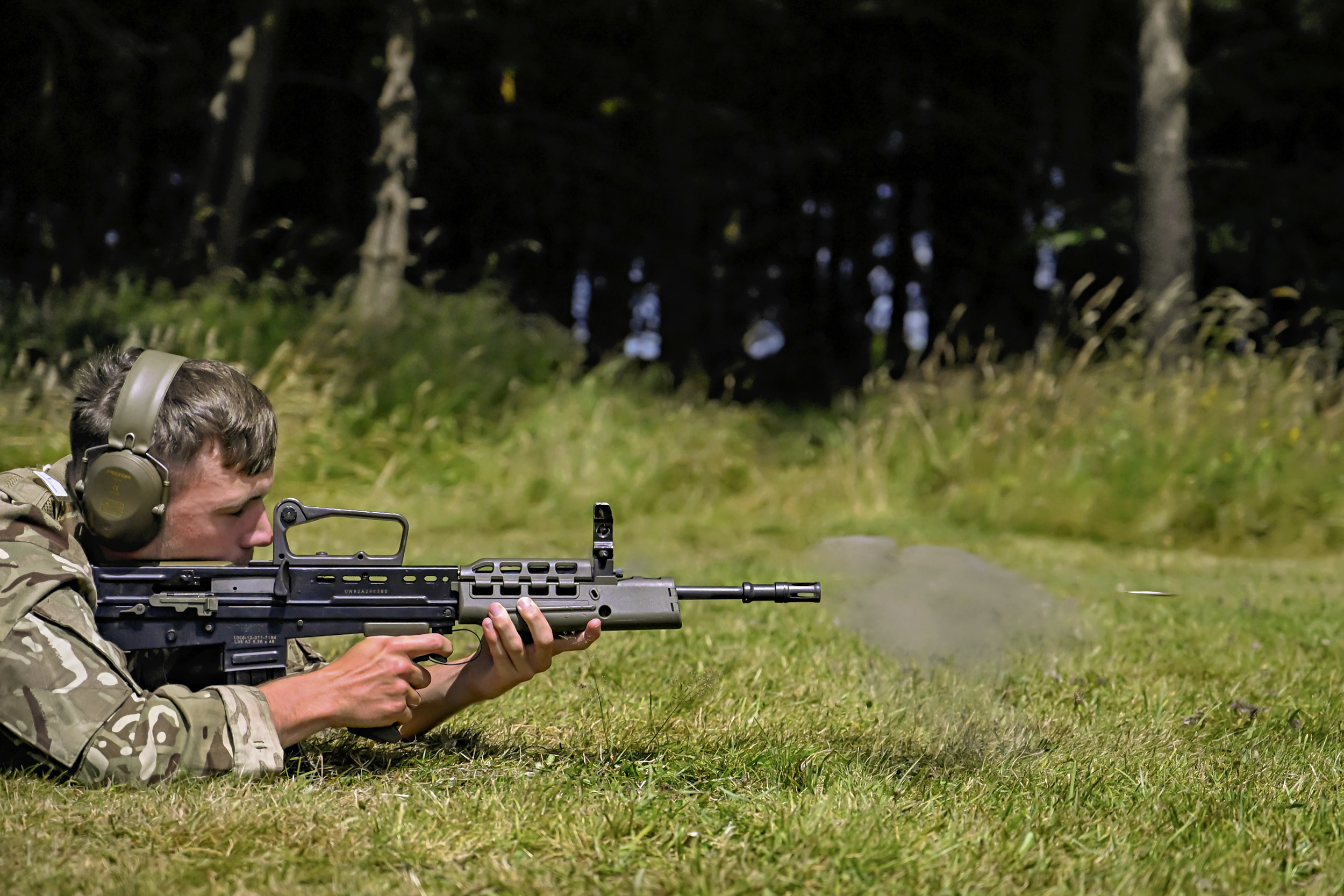
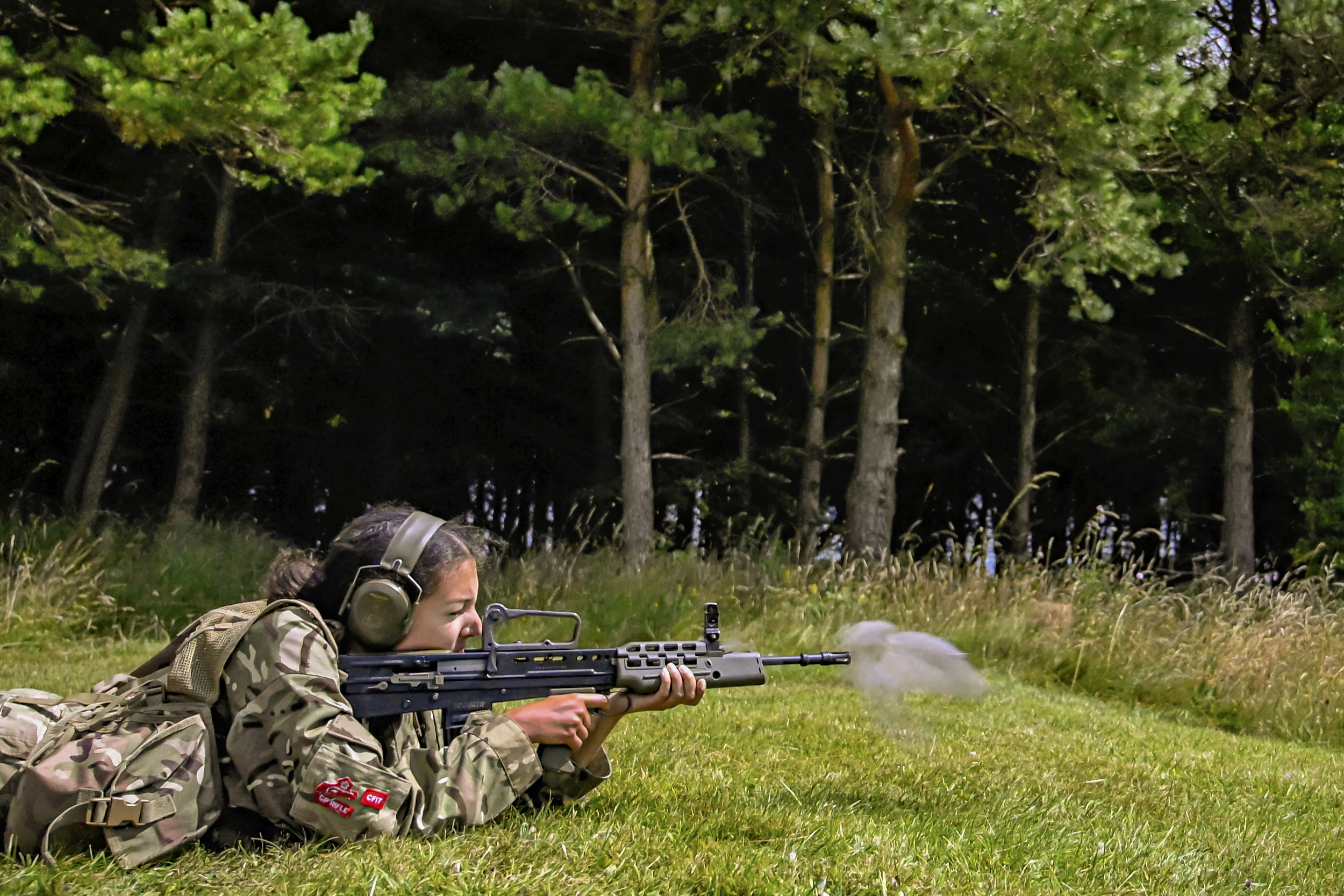
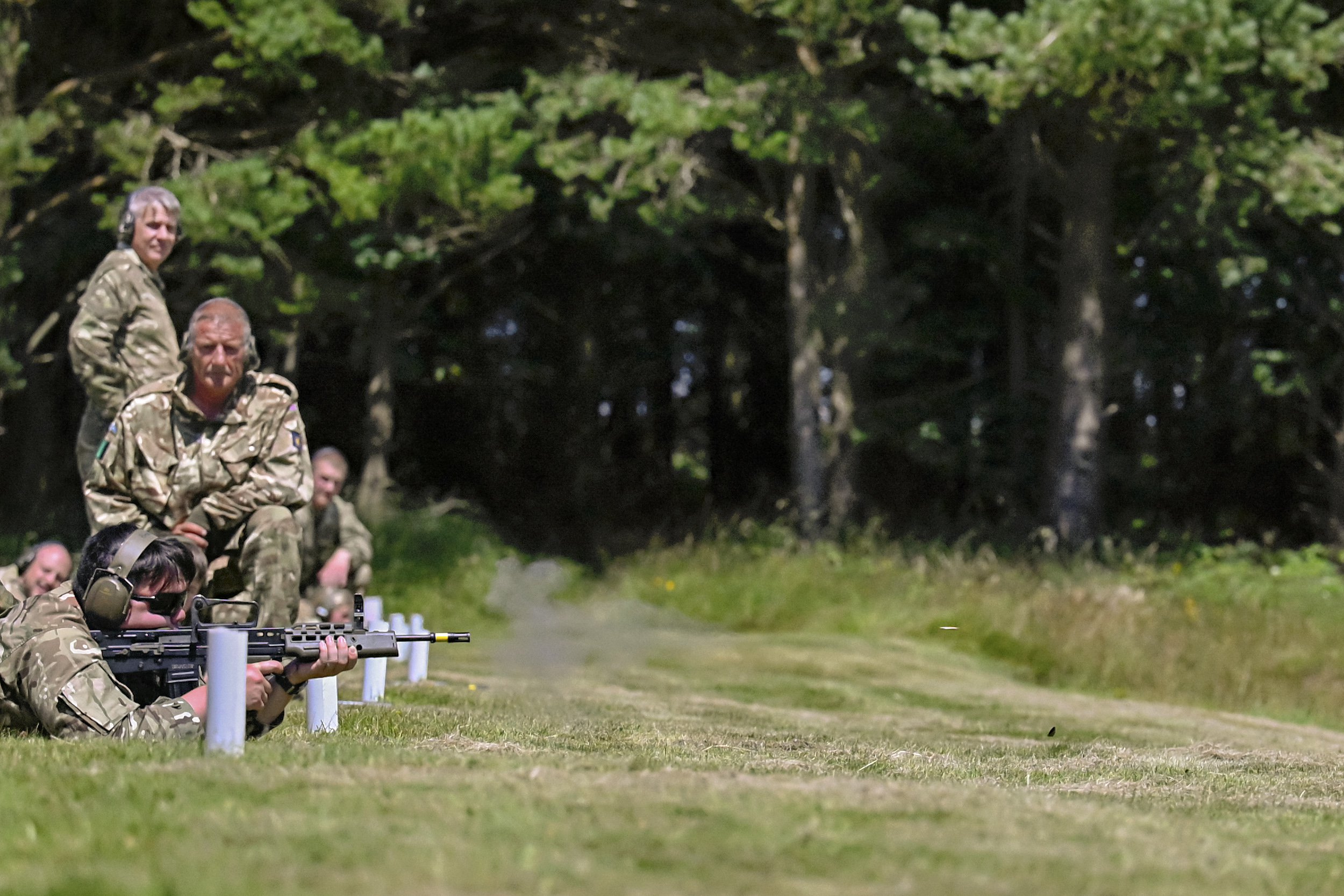
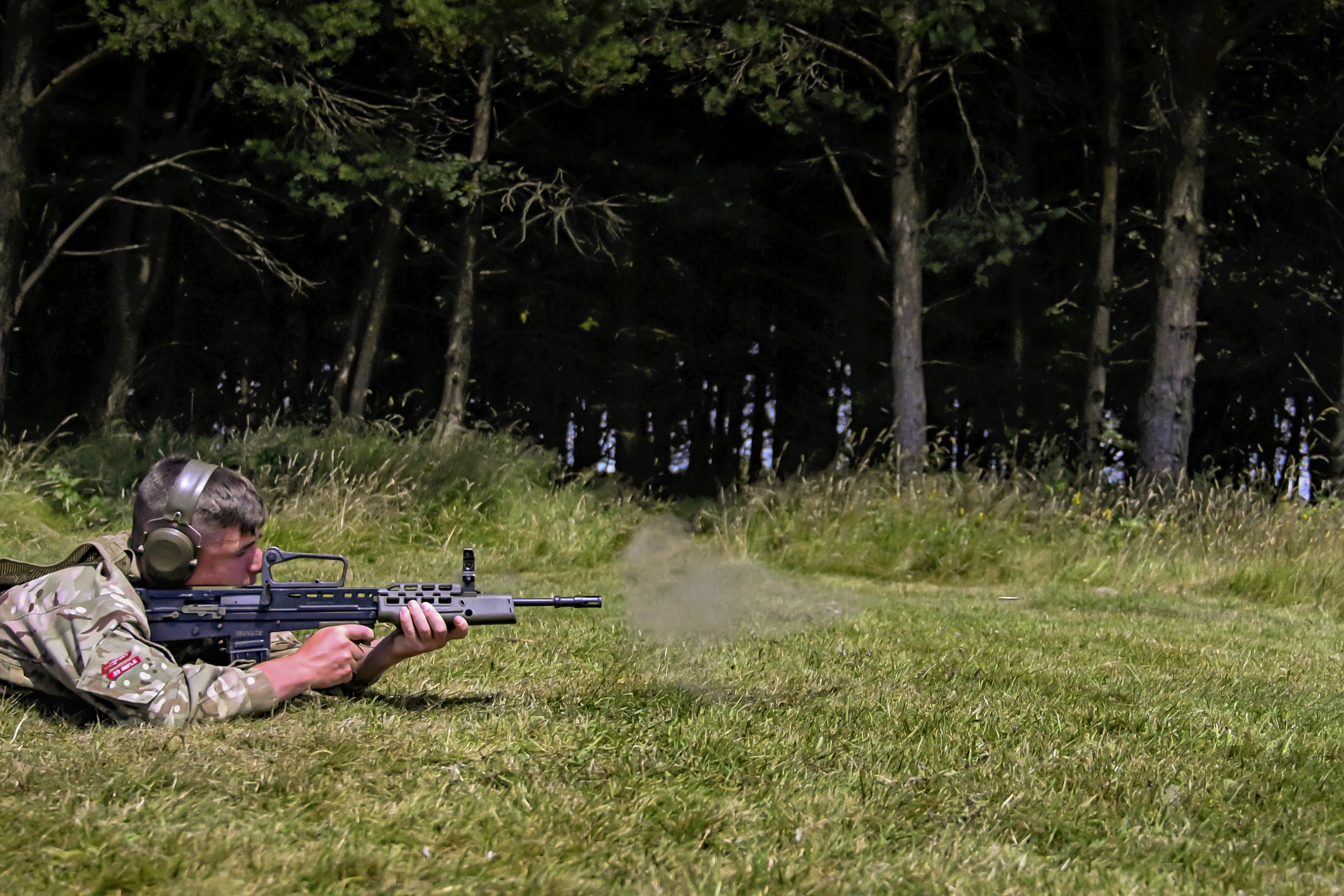
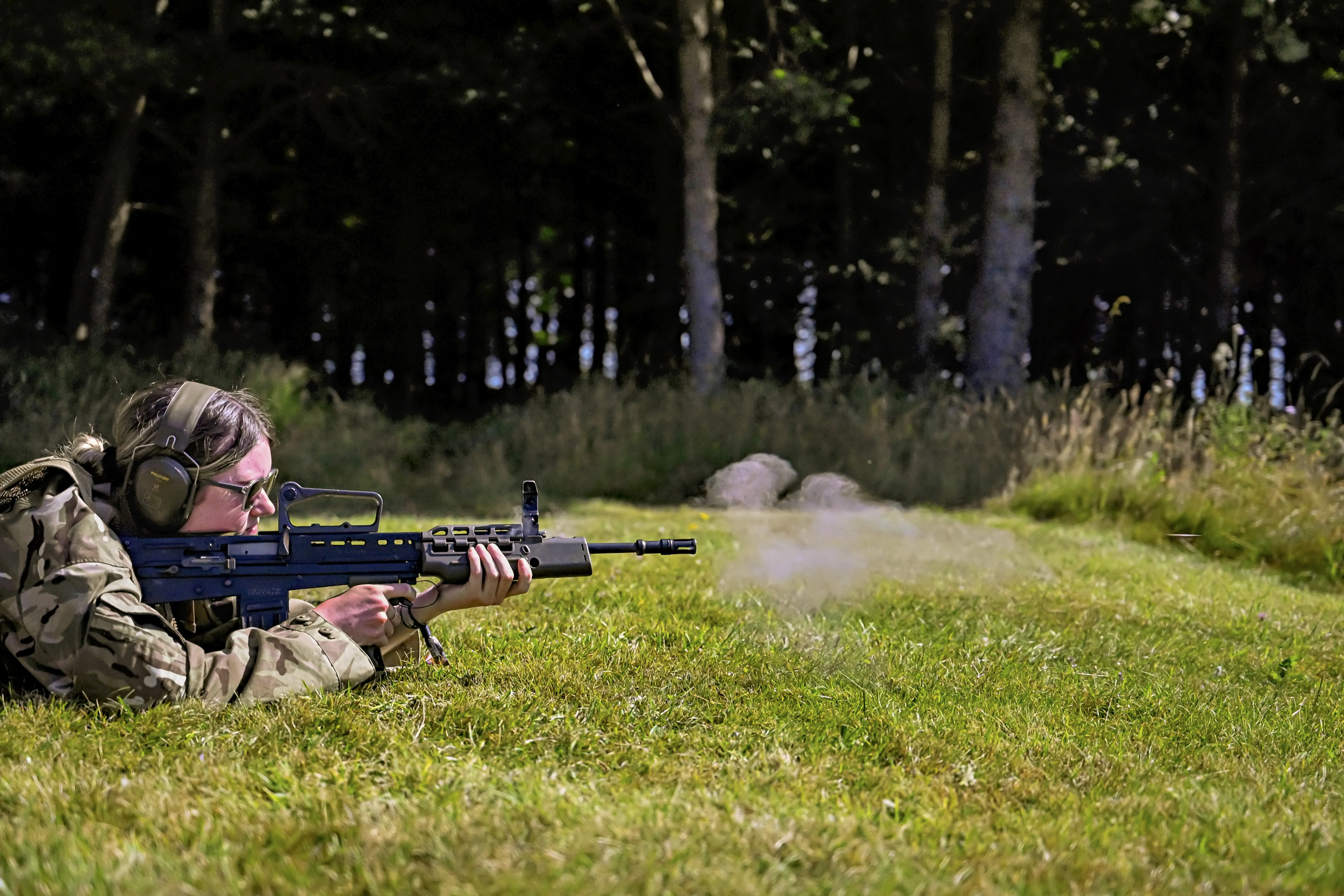
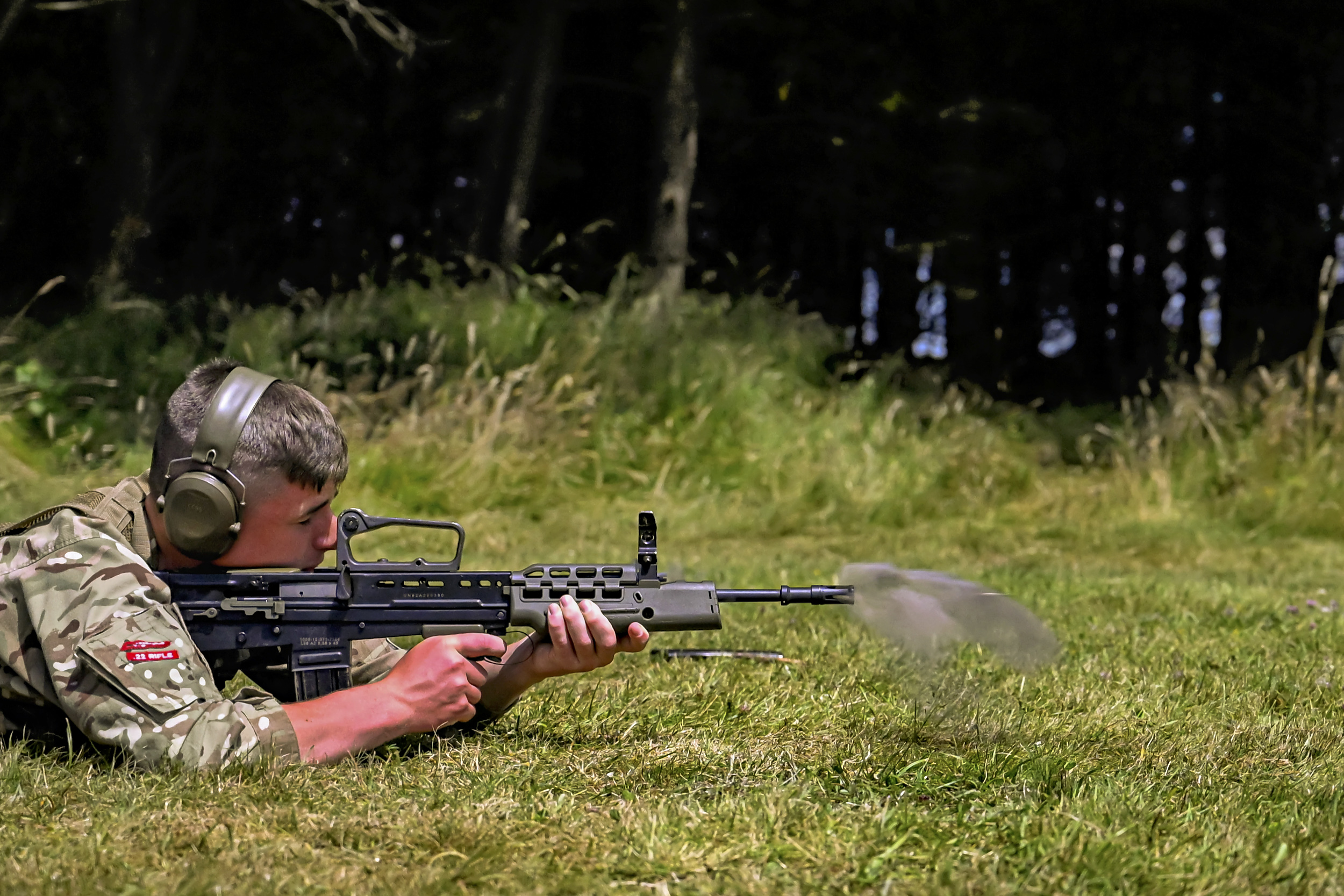
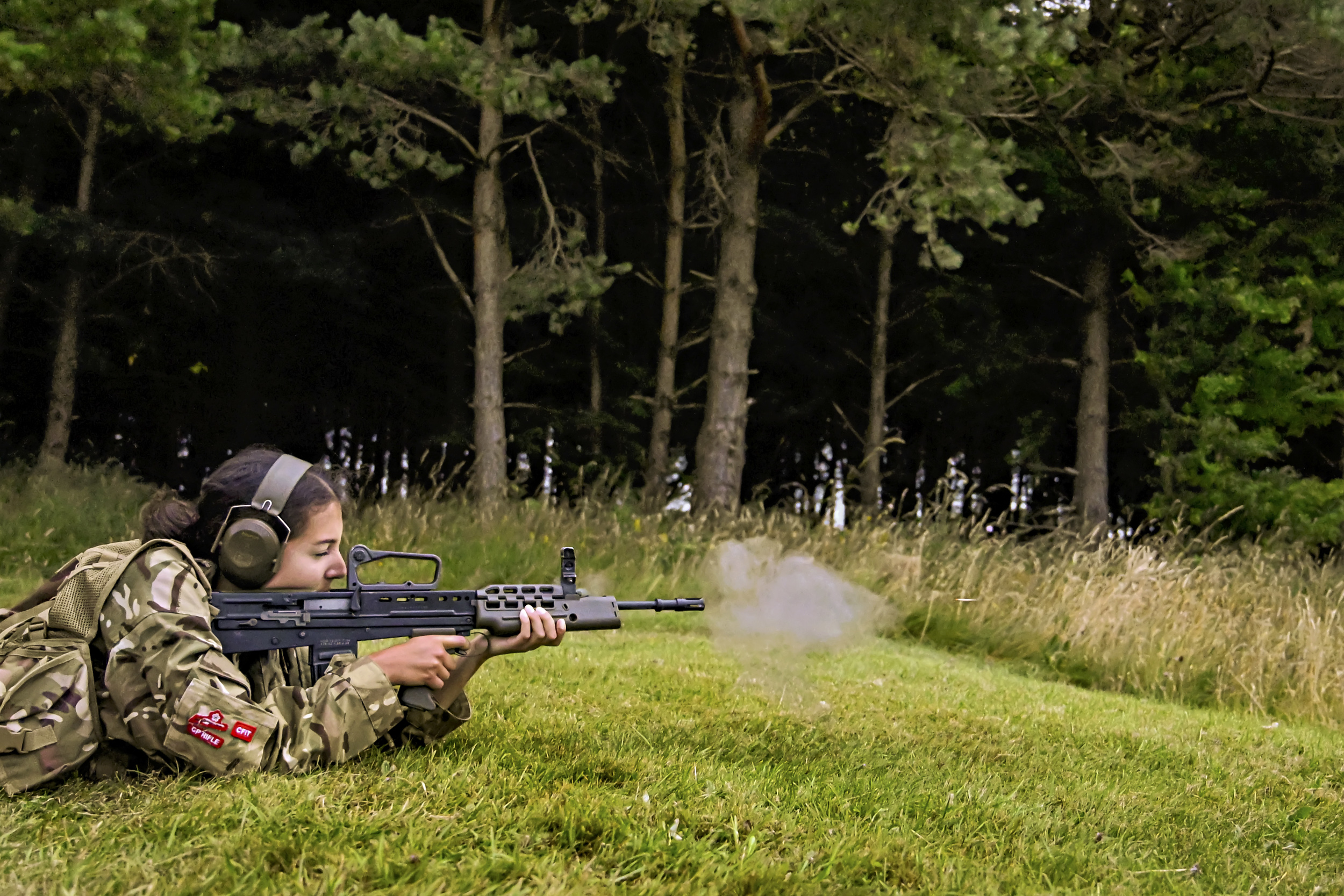
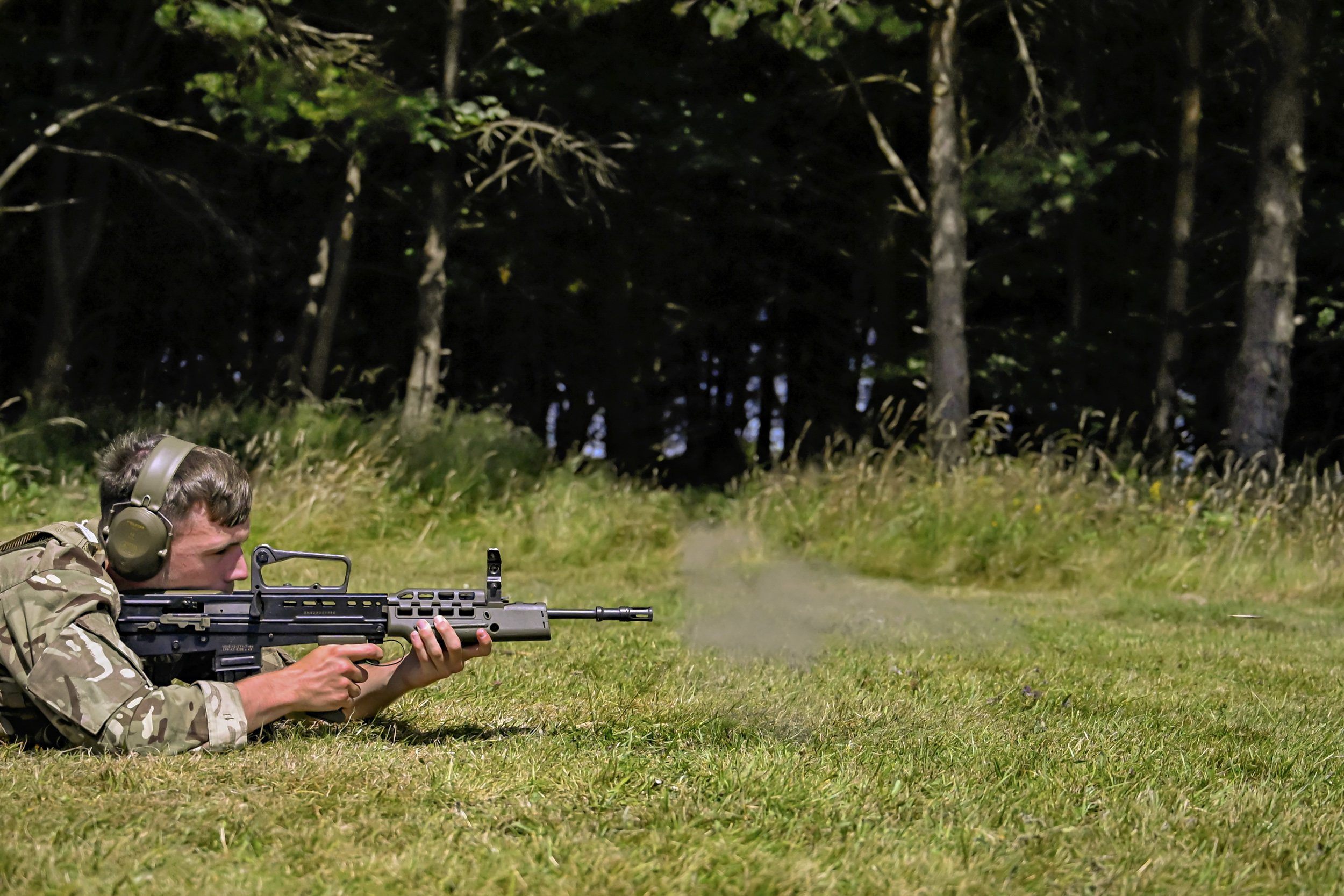
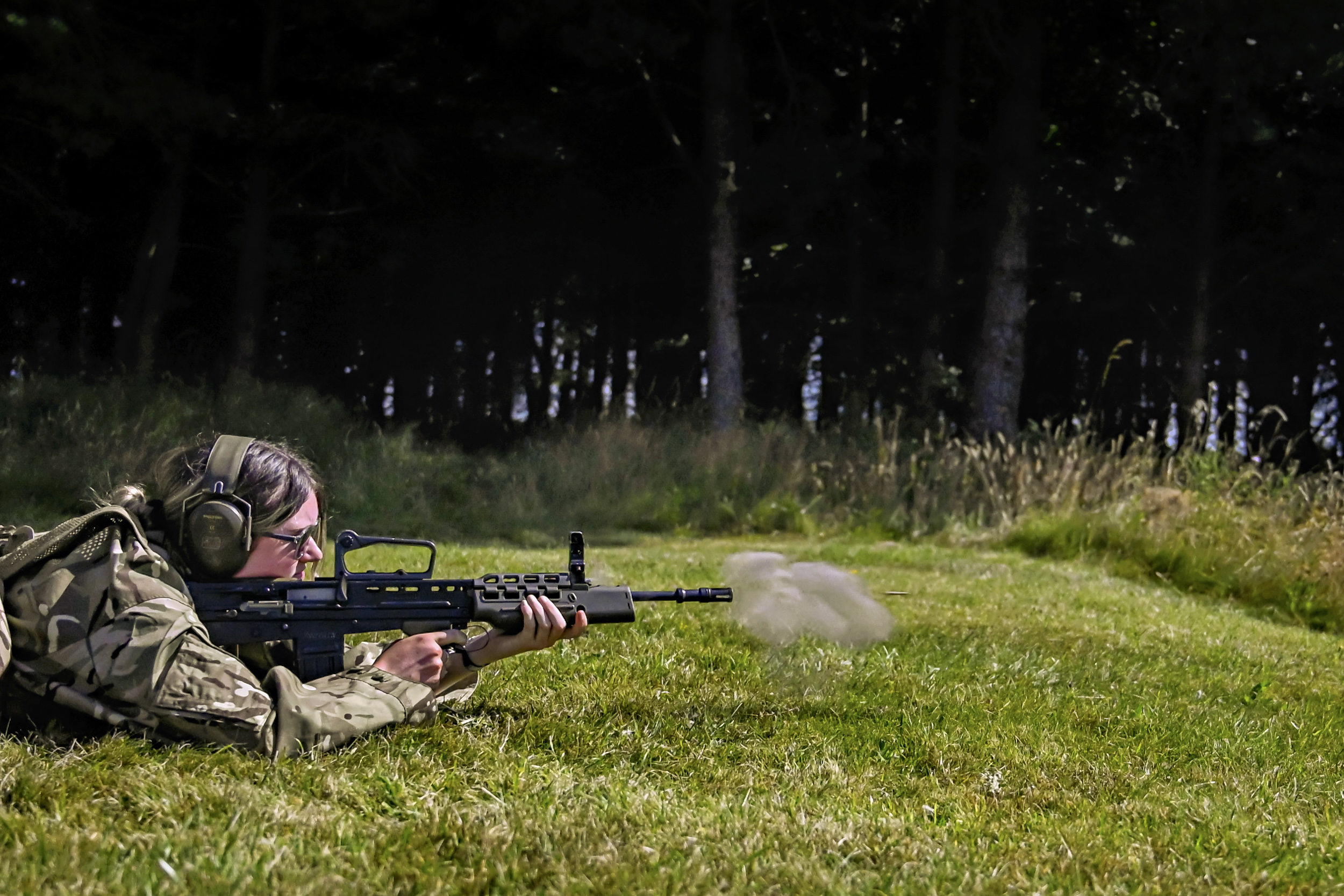
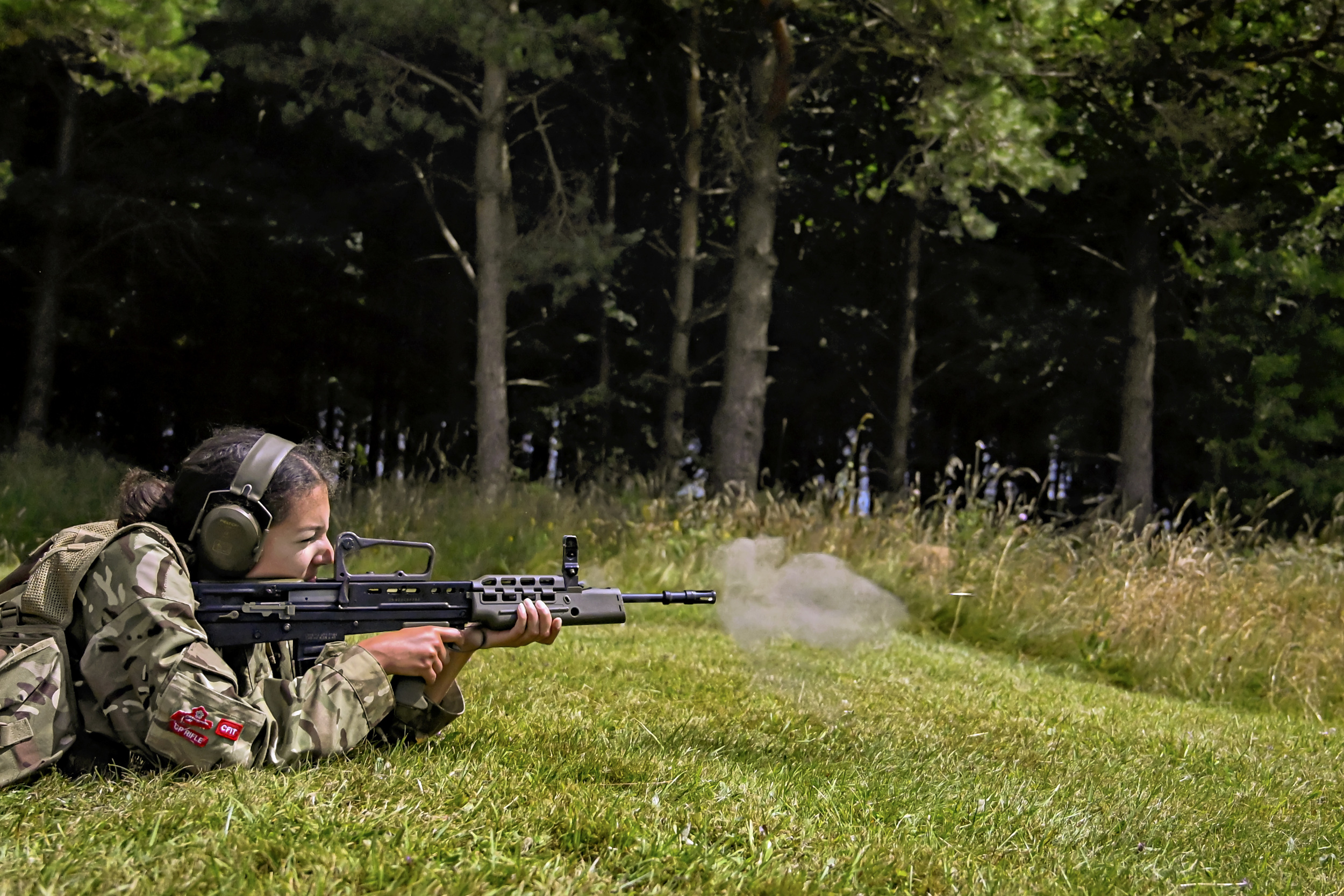
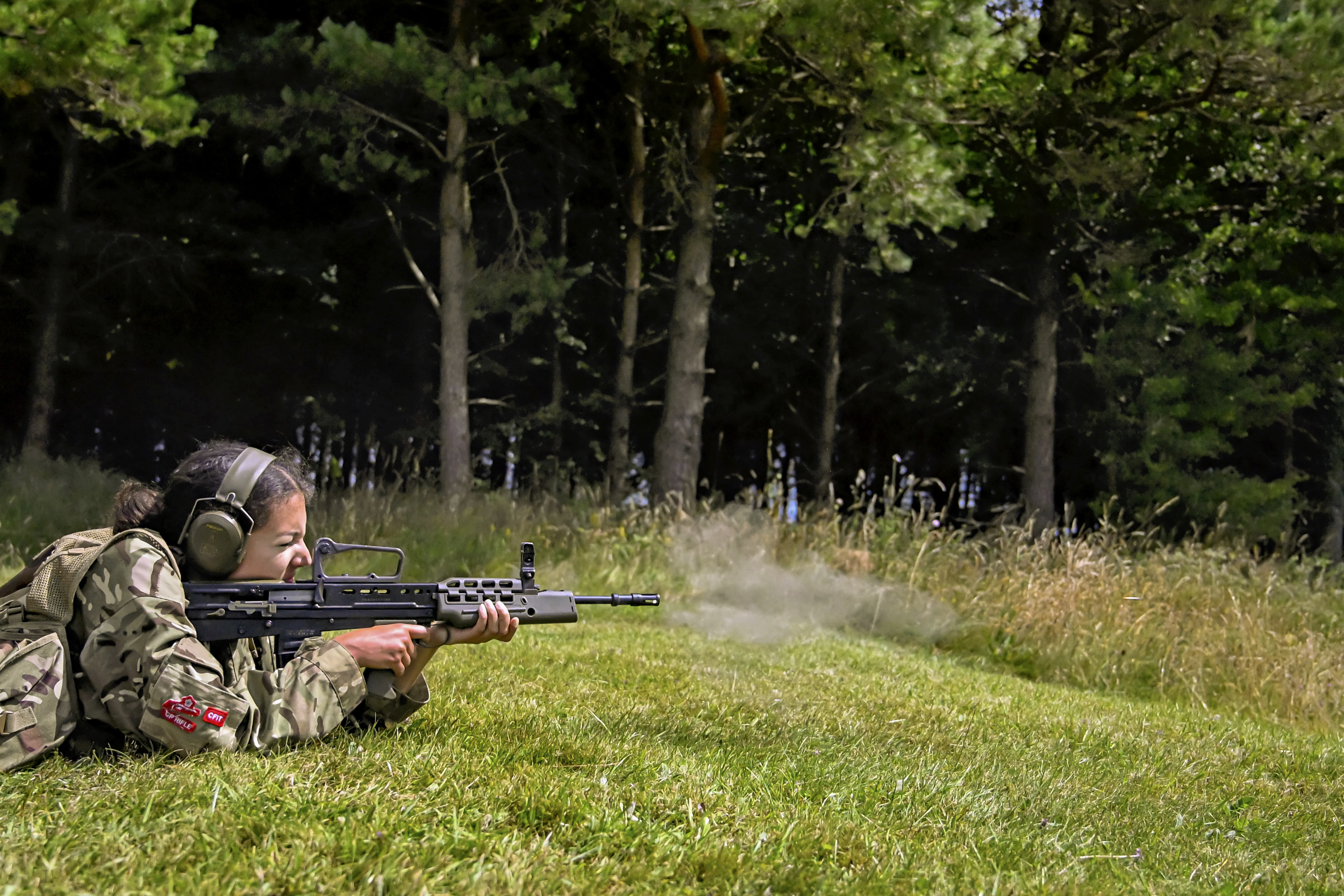
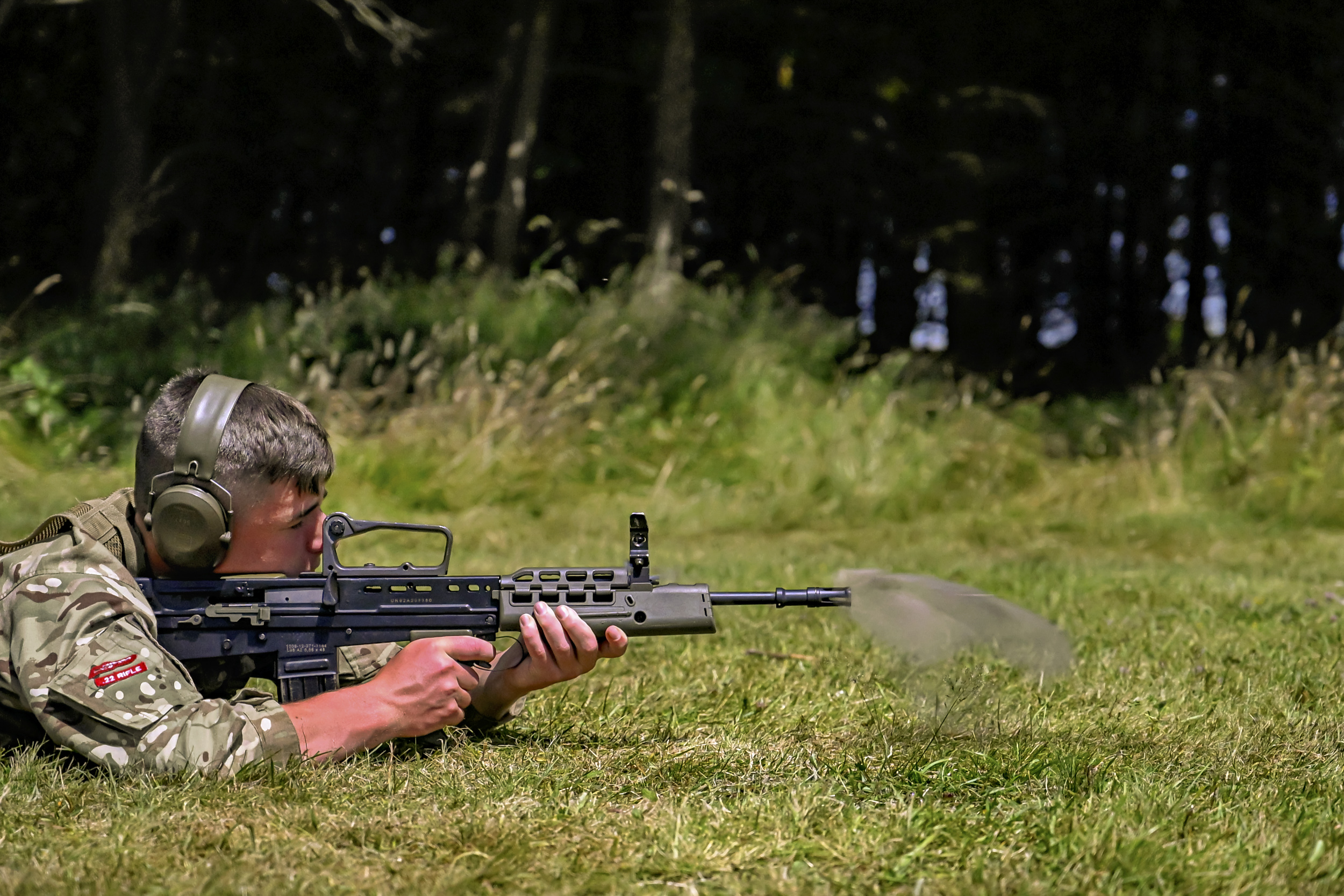
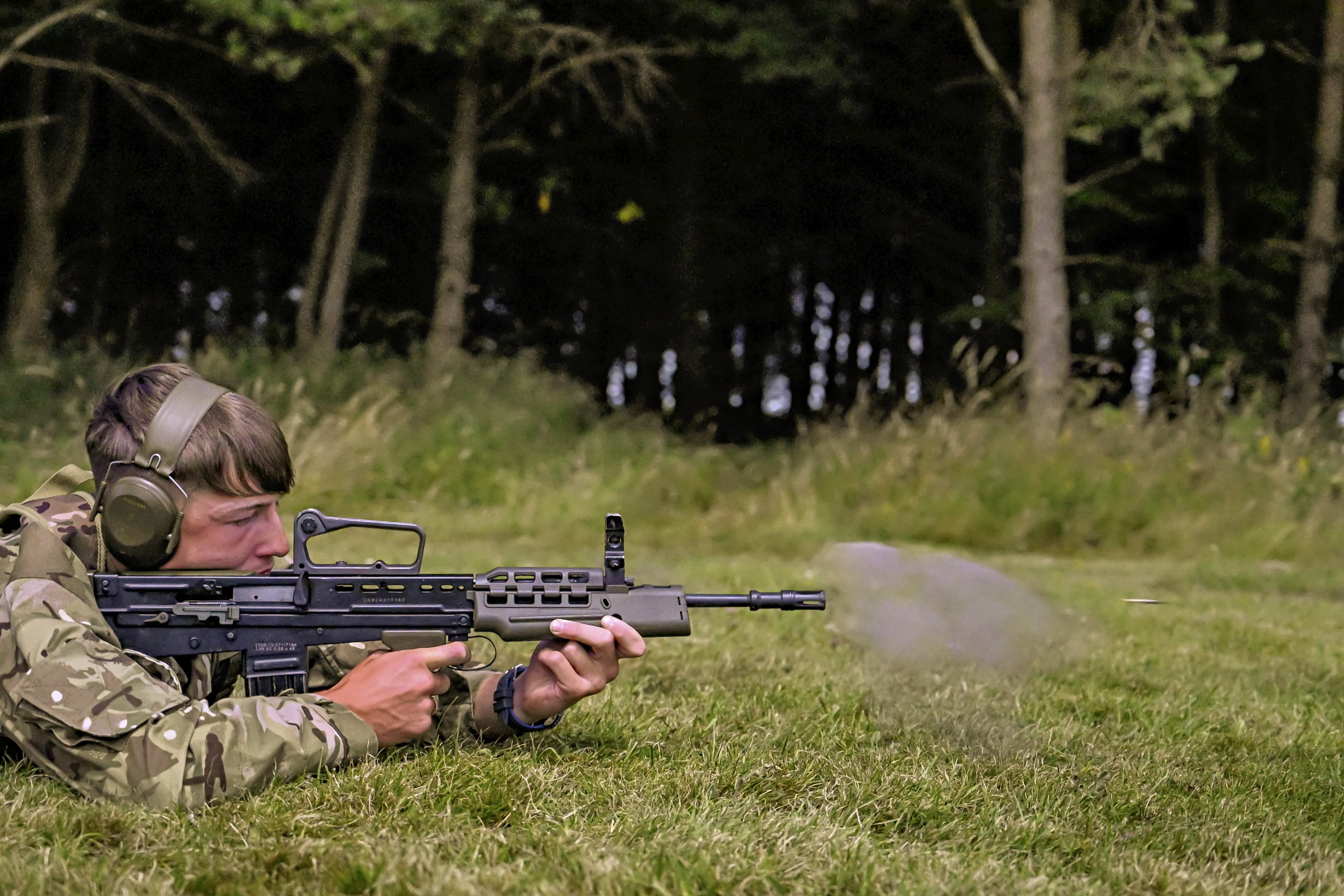
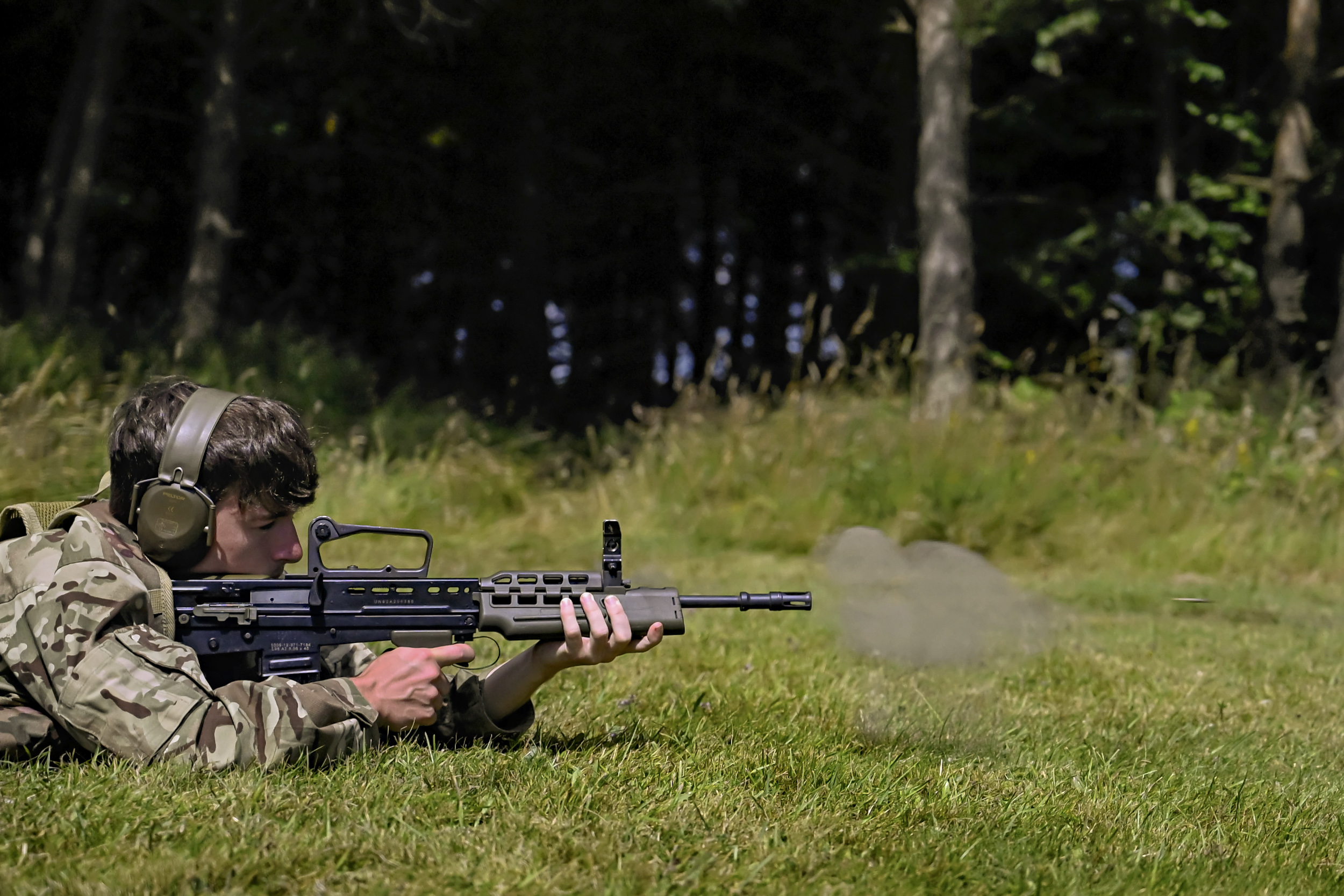
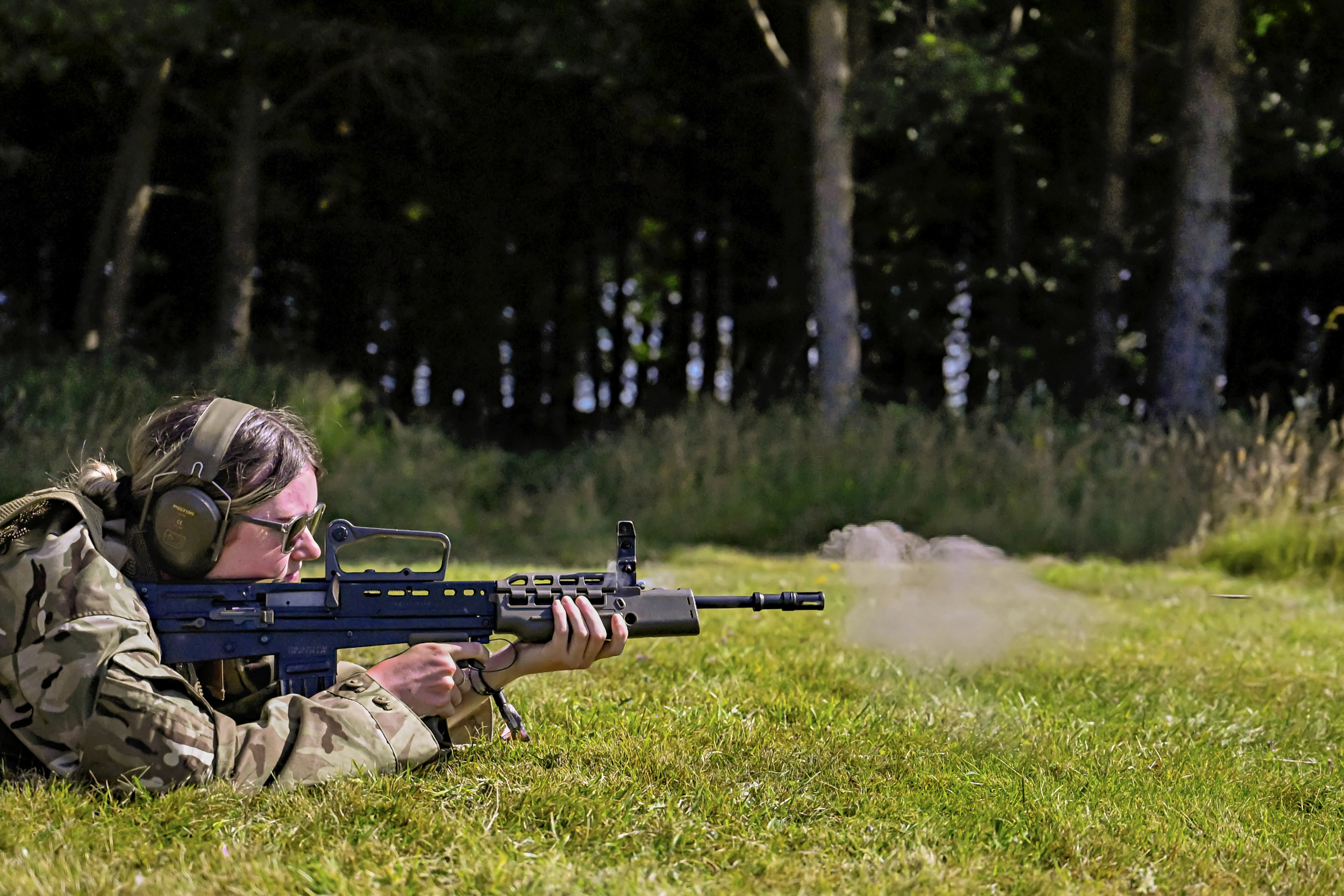
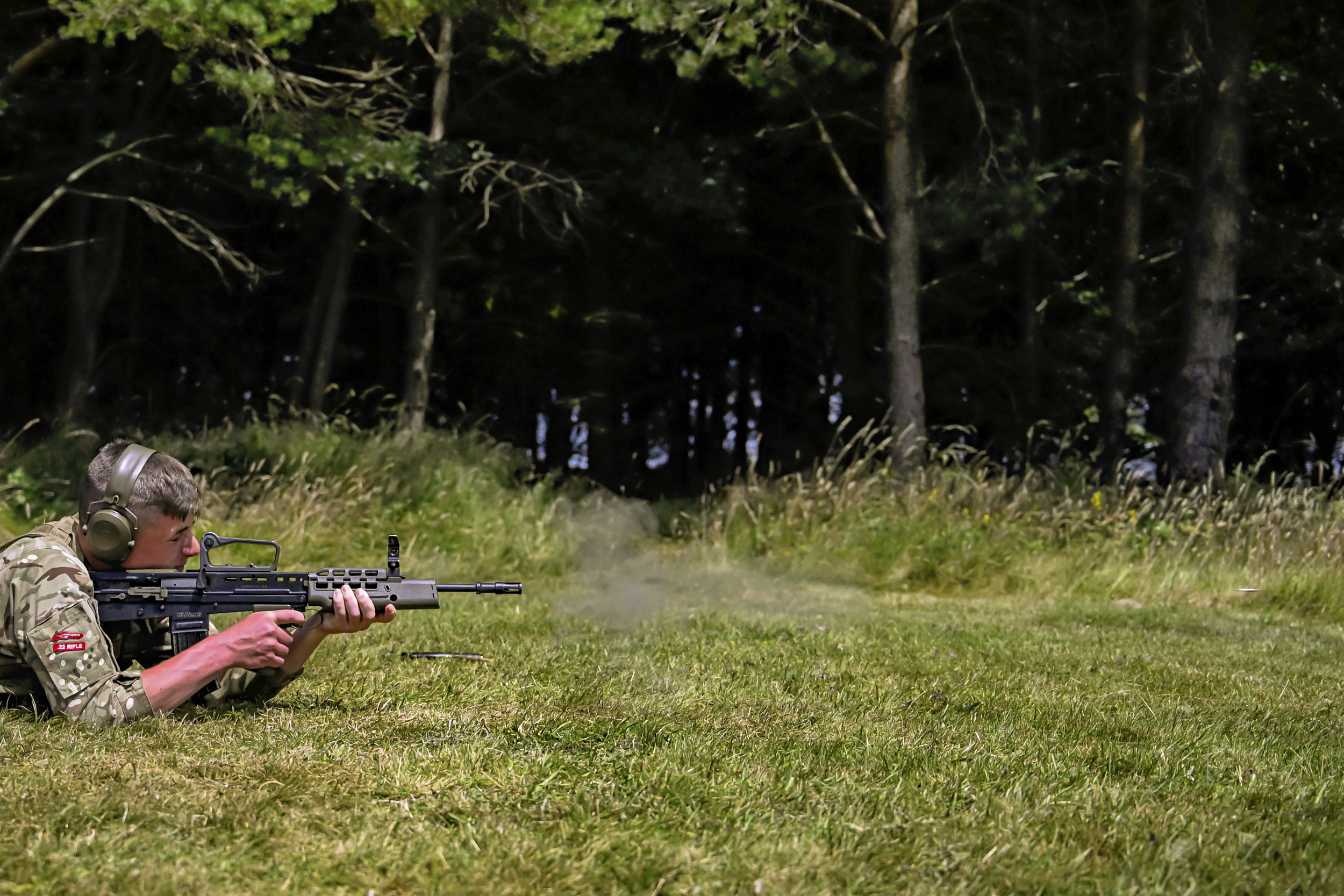
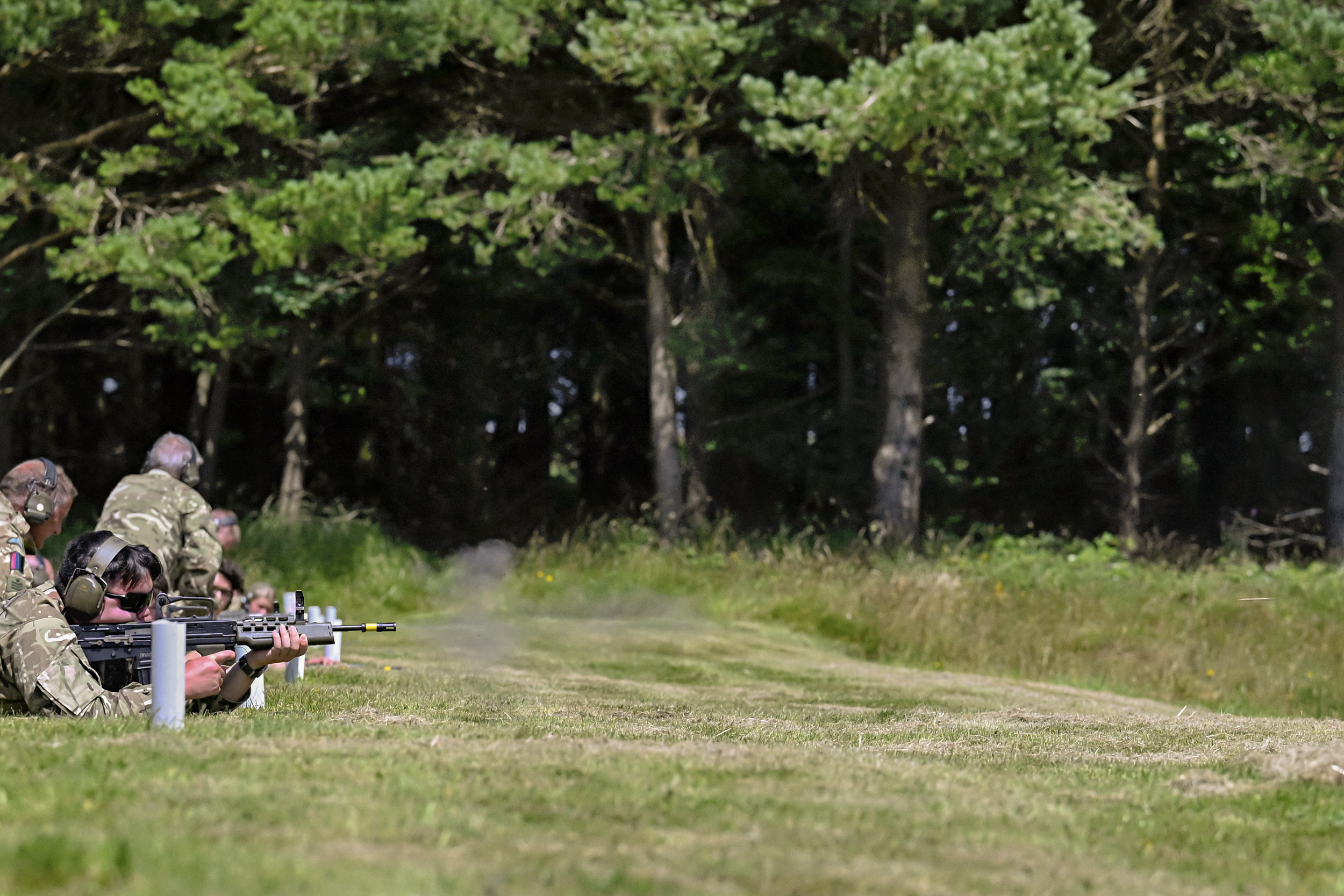
On my second day, I was able to isolate the shooter against a neutral background, using the NIKKOR Z 24-70mm f/4 lens – because my proximity allowed for no other option. (Do check the guide to the best Nikon Z lenses.)
I took 51,598 shots of 300 rifle rounds expended, obtaining 36 images of bullets. Most were taken at 1/32,000th sec. (That is about a 0.07% success rate.)
A longer lens is preferable if the situation allows, as photographing at right angles to the line of fire means that the bullet will always be in focus during its flight, with a shallow depth of field allowing the bullet to be seen more clearly.
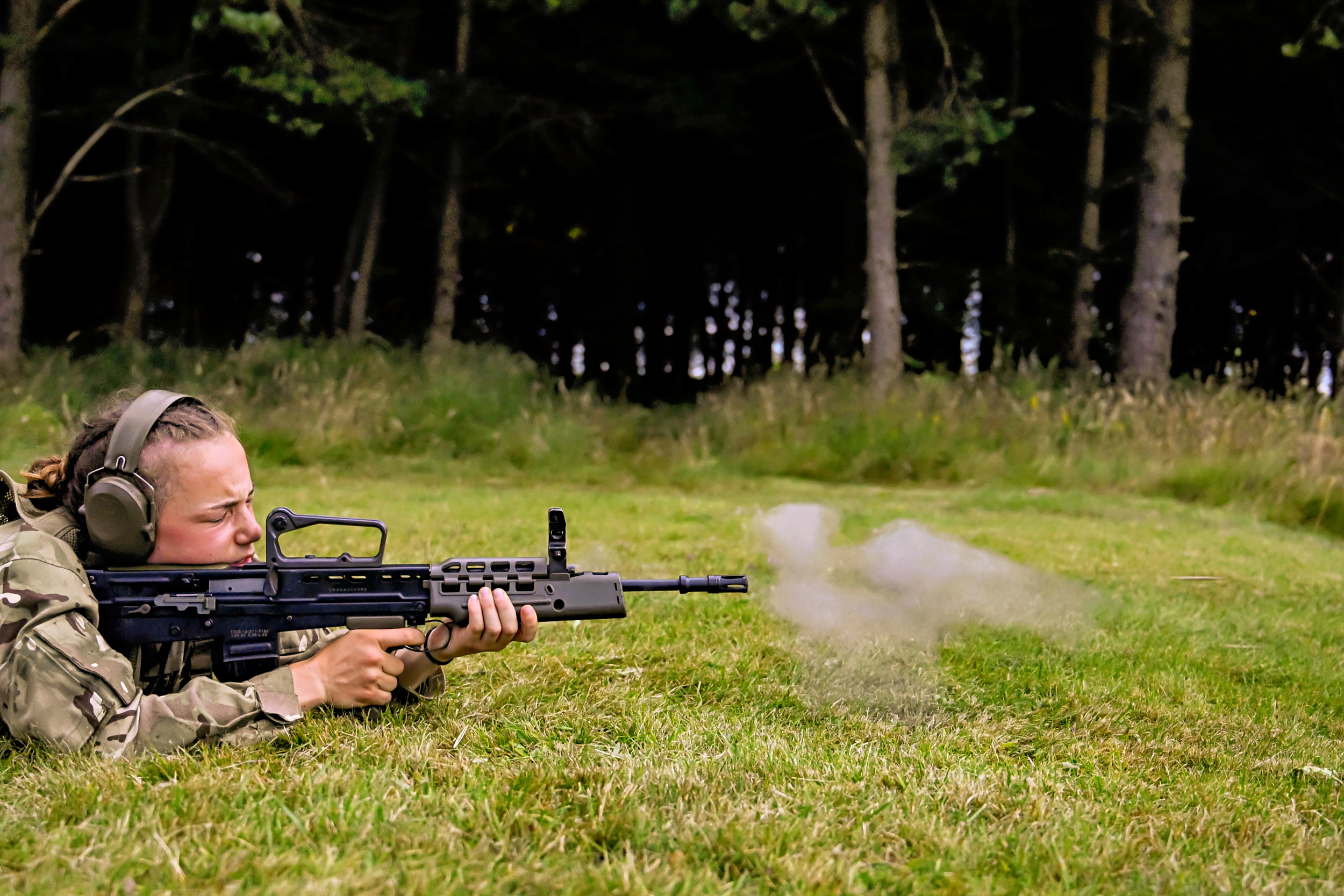
I had assumed that the Norwegian biathlete on Nikon's example used a 7.62mm NATO round travelling at around 2,900m/s, but after one contacted me I discovered that they use .22in LR ammunition which ‘only’ has a muzzle velocity of 350-500m/s. So I had succeeded beyond my wildest dreams, managing to capture bullets in flight in 46 frames out of 71,922 frames taken.
Without a Nikon Z 9 I would have achieved nothing, but I can say no longer is a photo of a rifle firing defined only by showing the empty cartridge case ejecting.
Richard wrote this summary of his experience for DCW, but if you crave more detail you'll find it on his site.
!["[T]he First and Fifth Amendments Require ICE to Provide Information About the Whereabouts of a Detained Person"](https://images.inkl.com/s3/publisher/cover/212/reason-cover.png?w=600)






